Swiss Alps by train, convertible or e-bike: which is best?
We test three modes of transport on the steep winding roads into Interlaken and discover some are more relaxing than others.
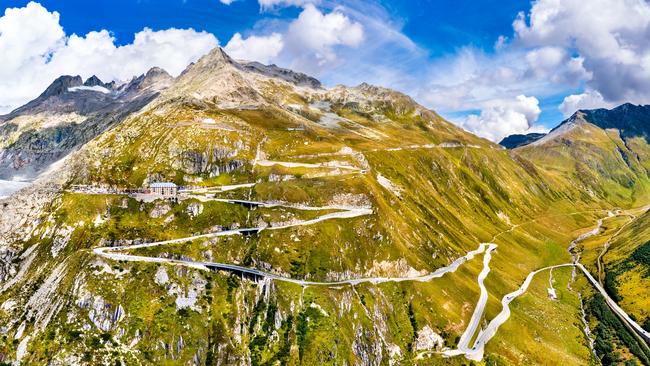
Of the several ways to arrive in Interlaken, a place with an unimaginative name but a stunning location in central Switzerland, the best is via one of the “laken” the town intersects.
Cruising down Thunersee on a steamer, 360 degrees of scenic wonder is in play, especially the hypnotic hold of three peaks on Interlaken’s doorstep: the Eiger, the Monch and the Jungfrau. Jungfrau appears the nearest of the trio, and true to its name, which in Swiss-German means “young woman” but can also be “maiden”, it’s demurely cloaked in cloud on an otherwise ideal day.

Cycling the Alps
The flat lakeside 24km path from Interlaken to Thun is ideal for cycling. But Miriam, our guide from Interlaken’s Flying Wheels, has chosen another route. In a van loaded with e-bikes, we head high for better views.
The hillsides are a mosaic of forest, pasture and clustered houses. The lake is a carpet of blue broken only by the wake of steamers. The electric assistance on the bike makes short work of the rises, although the trade-off is it’s heavier and not easily manoeuvred at low speeds.
More confronting are the descents. Miriam says to squeeze the carbon brakes, rather than pump, which produces a series of kangaroo hops. It’s a relief to pause at the Panorama Bridge in Sigriswil, which spans a narrow valley in front of a broad view.
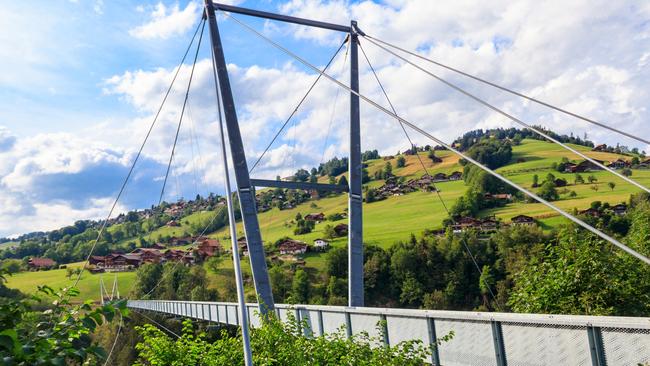
The final descent is a series of jerky switchbacks, before we cruise the lake shore into Thun. This beautiful city, which dates back to the 7th century, is dominated by the white-walled Thun Castle, once a jail but now a boutique hotel.
Each year the town chooses a colour to dress itself in summer, and this time it’s pink, dripping from flowerpots everywhere, including on the 300-year-old covered bridge spanning the River Aare.
As my Eurail pass includes the steamer, we cruise back to Interlaken, keeping an eye on the Jungfrau should she lift her veil. No luck, but meanwhile, I’m about to double my wheels quota.
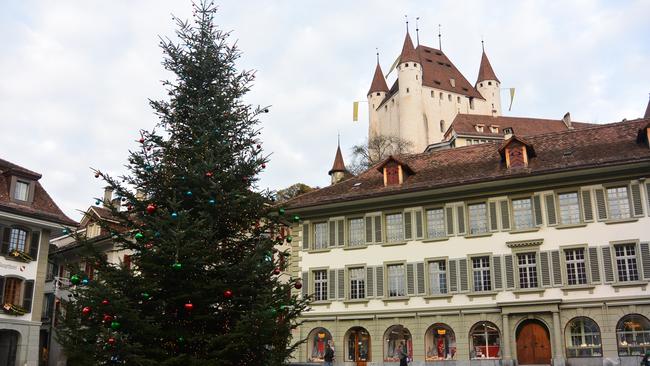
Switzerland by car
One should look before one leaps, so I pull over at the top of the Grimselpass and walk to the railing. Below are six 180-degree bends down to the village of Gletsch, at the headwaters of the Rhone.
On the other side of the valley, the road winds up again, towards the next mountain. And the next. The Grimsel, Furka and Susten passes form a 120km driving loop attracting lovers of fine machinery and equally fine scenery.
In my hired convertible, I connect with it at Innertkirchen, half an hour east of Interlaken, rising gently to Grimsel (2165m). Small lakes on the plateau glisten in the sun. I’m last in a line of four cars for the descent but we’re in sync, gliding through the bends to the bottom, where I turn for the more languid run up to the 2431m Furkapass.
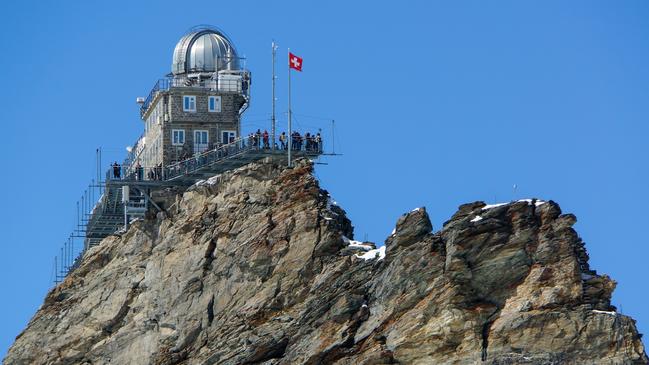
From here things get interesting. The road has narrowed and lost its centre line, which makes negotiating the bends tricky and a near crawl to pass oncoming traffic.
There’s a lot of it on the valley floor but fortunately no one else takes the turn-off for the best road of the day, an exhilarating 20km climb to the 2264m Sustenpass. The curves are gentle, the rise gradual, and car and driver are soaring.

The descent to complete the loop at Innertkirchen is relaxed, especially with the reality check of a group of motorcyclists gathered around a rider who’s come off his machine.
With so many opportunities to stop and stare, I’ve taken six hours to do 120km but it’s never been dull.
I head home along Brienzersee, the lake that bookends Interlaken to the east, and then check the train timetable for tomorrow.
The scenic train
The 10km wall of rock standing over the Lauterbrunnen Valley behind Interlaken is topped by three peaks that serve a legend. On the left is Eiger (3967m), which translates as “ogre” and so it must seem to mountaineers who tackle its infamous north face.
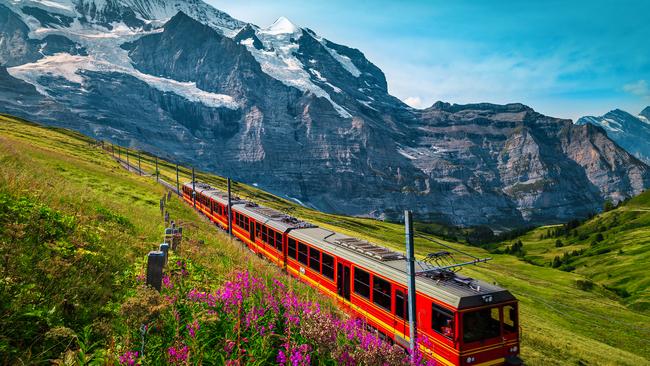
On the right is the Jungfrau, its considerable height (4158m) unlikely to offer defence against said ogre were it not for the presence, in the centre, of a guardian “monk”, the Monch (4107m). To accommodate mere sightseers, Swiss railway engineers thought not just outside the square but inside the pyramid, and the final 7km of the track runs inside the Eiger and Monch, at gradients of up to 25 per cent.
Passengers alight at the world’s highest underground station, at 3454m and just 12m below the Jungfraujoch, a glacial saddle between the Jungfrau and Monch.
Our first train goes from Interlaken East station to Lauterbrunnen, a village so enclosed by mountains it rarely gets a proper dose of sun.
Here we change to the first of two cogwheelers, rising so steeply that, from our perspective, buildings across the valley look poised to slide off the mountainside.
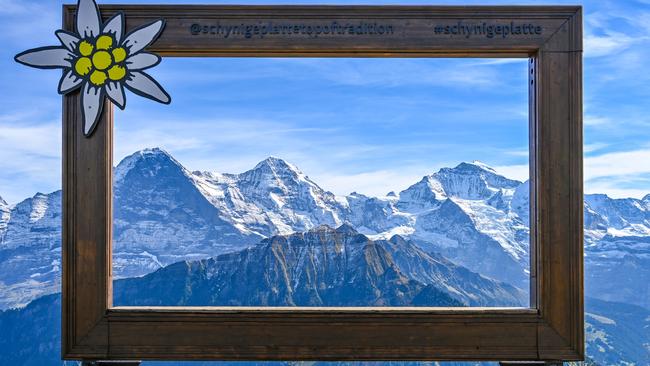
A cosy 20C in Interlaken, it’s just 4C on the Jungfraujoch observation deck, but that’s the trade-off for the view. Right above is the Jungfrau, while curving away to the east is the 22km-long Aletsch Glacier, the largest in the Alps and up to 900m thick. On the other side, the valley is a world in miniature.
That evening in Interlaken, I take a nightcap on the terrace of the town’s smartest digs, the Victoria-Jungfrau Grand Hotel. And there she is.
The Jungfrau has dropped her cloudy veil just enough to reveal a snowy peak, lit by a glowing full moon. I have chosen the perfect seat for the perfect view.
Jeremy Bourke was a guest of Jungfrau Region Tourism, Swiss Tourism and Rail Europe.
In the Know
Switzerland has engineered routes through spectacular valleys and mountain passes, and there are few places not easily accessed by train. Stick to the regional network as a hop-on, hop-off service. The Swiss Travel Pass covers not only trains – including the panoramic trains (reservations extra) – but buses and boats, plus entry to 500 museums. For more of Europe, then it’s the venerable Eurail Pass, which now has a user-friendly phone app.

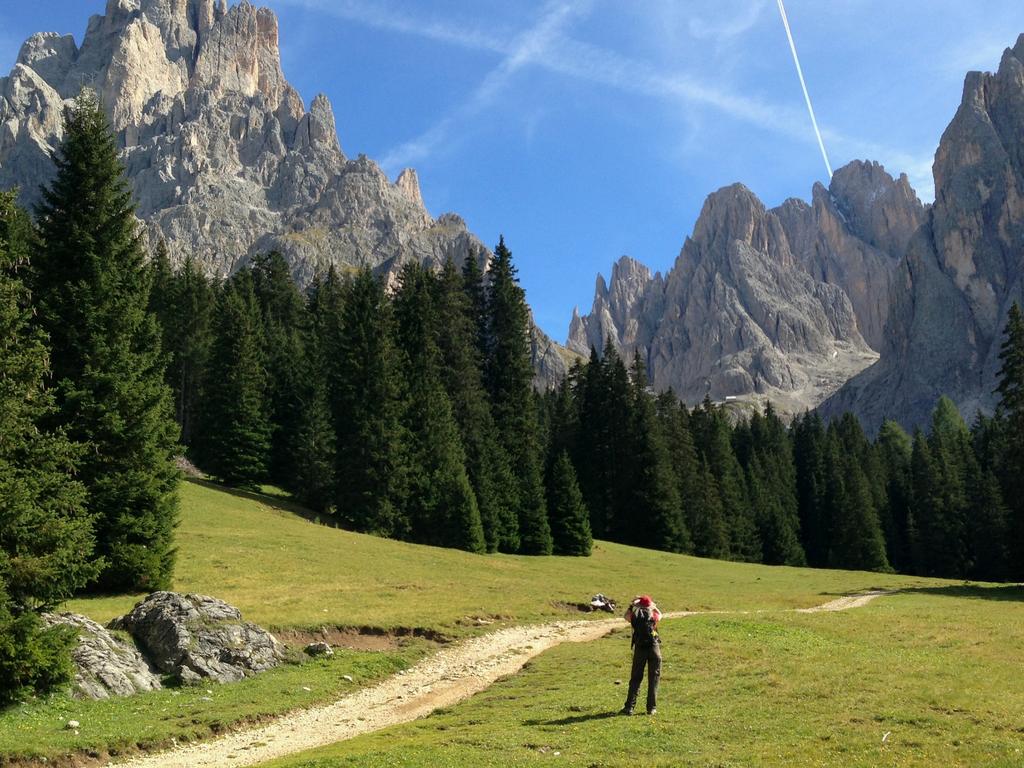


To join the conversation, please log in. Don't have an account? Register
Join the conversation, you are commenting as Logout